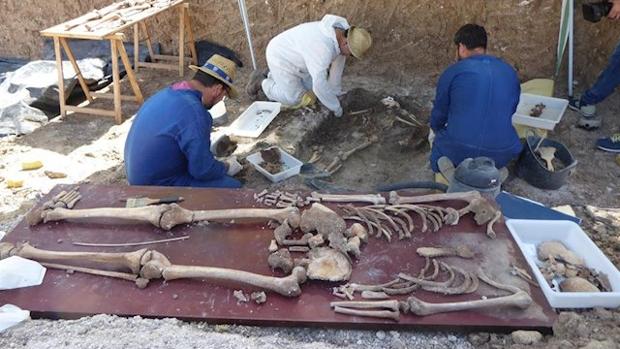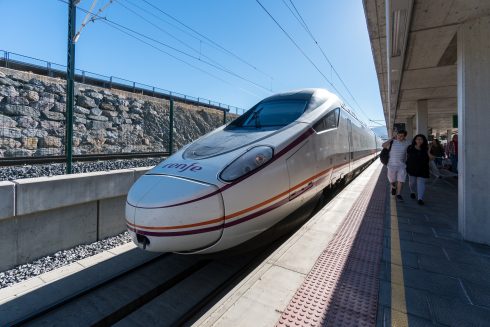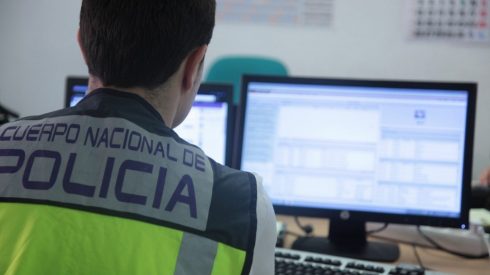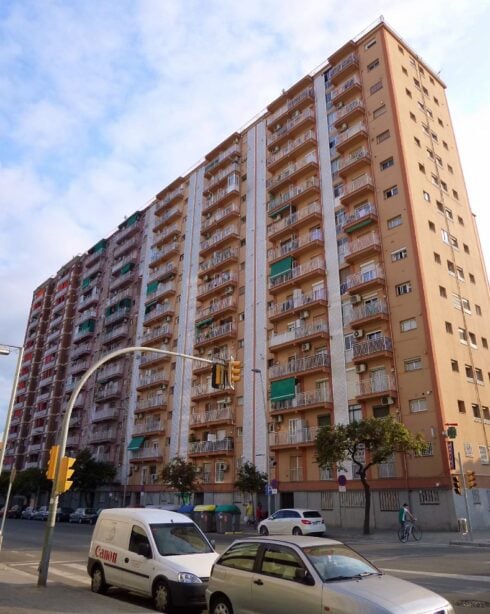WITH news this week that the government of Spain has started the process to open up the Valley of The Fallen crypts containing the remains of more than 33,000 victims of the country’s 1936-39 civil war, Barnaby Bouchard takes a look at other graves that are quietly being excavated, largely by volunteers across the nation.
Nerva, Huelva (Andalucia)
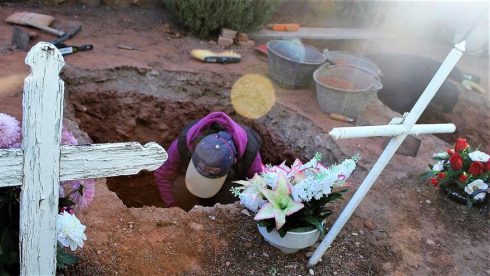
At present, 42 victims of Francoist repression have been found in the cemetery of this small Andalucian town, making it, according to its socialist mayor, a candidate for “the biggest rural mass grave in Spain”.
They are more than 1,500 people believed to be buried across the Huelva mining basin, notorious for its bloody reprisals in the early days of the war.
To date, there have been two digs at the site in Nerva, the second of which was funded by the Ministry of Justice in Madrid. Andalucia’s regional government, the Junta, currently controlled by a coalition of the right-wing Partido Popular (People’s Party) and centrist Ciudadanos (Citizens), has not participated in the excavation.
In 2020 the right wing-controlled Junta reduced funding to mass grave excavations by 6.9%, though they argue that, adjusted for inflation, this still represents a 5% increase in investment from 2018.
Hinojos, Huelva (Andalucia)
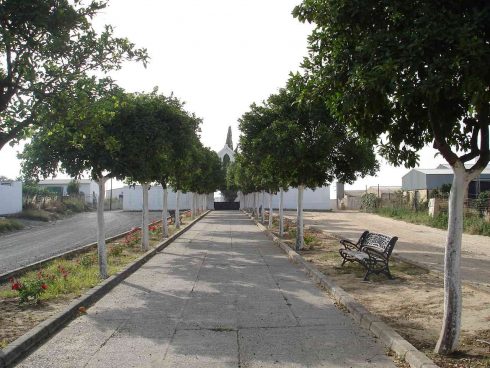
The excavation of one of many known mass graves in the municipality of Hinojos expects to find the remains of up to seventeen people.
The local council’s project of ‘La Localización de Desaparecidos de la Guerra Civil y el Franquismo’ (The Location of the Missing of the Civil War and Francoism), which has been approved by the Junta, intends to exhume all mass graves on its territory.
Interestingly, the town of Hinojos was almost unique for its area, in that, lacking members of any prominent leftist groups, it did not see any killings or other reprisals by the Nationalists against its own people, leading to its unsettlingly misleading nickname ‘the town where nothing happened’.
The victims, it seems, originate from surrounding towns.
Pinos Genil, Granada (Andalucia)
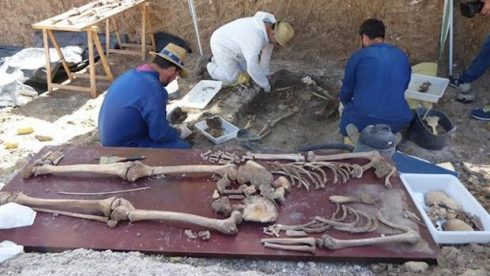
“Since the sons are away, we’ll kill the mothers”. With this abominable refrain the Nationalists justified their actions in places such as Pinos Genil, where six men and six women were killed, according to official records, “as subsistutes” for family members who were fighting for the Republic.
Francesca Esperidón, the eldest victim found in the cemetery, was a seventy year-old grandmother. There has been no financial engagement from the Junta with the exhumation of the mass grave, all funding instead coming directly from the Ministry of Justice.
Four bodies have so far been recovered, with the rest feared lost due to disturbance by newer burials.
A special mausoleum is to be built for the remains, to bear the names of all twelve occupants of the mass grave.
Pico Reja, Seville (Andalucia)
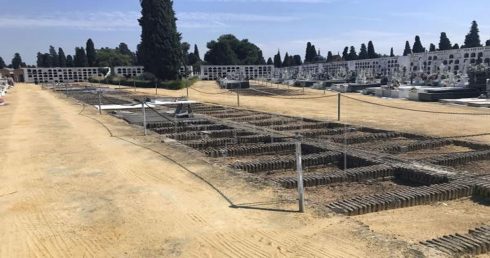
The vast mass grave at Pico Reja, in the city of Seville, covers an estimated 700 square metres.
According to historians it will ultimately yield some 1,103 bodies, though some projections have produced a figure closer to 16,000.
The Junta has promised its cooperation with the excavation of the site in accordance with the Law of Historical Memory, stating that “everyone has the right to know where their loved ones are…this is a question of humanity”: To date, the remains of 268 people have been recovered.
Corroboration of identified bodies with the records of their dates of disappearance has revealed that the mass grave was repeatedly expanded from the start of the civil war in 1936 to the early 1940s, shedding new light on the ferocity of the post-war Nationalist repression.
Alcañiz, Teruel (Aragon)
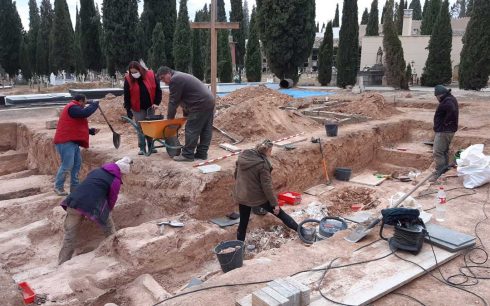
The remains recovered from the mass grave in southern Aragon belong to ten people summarily executed between 1939, just after the conclusion of the civil war, and the first years of General Franco’s dictatorship. More than thirty locals providing blood samples in the hope of finding their loved ones among the ten. The director of the excavation, Javier Ruíz, has stated that continued progress at the site will depend on “continued institutional support”, expressing concern that a change of government could lead to a sudden reduction in funding and legal aid.
Navalmoral de la Mata, Cáceres (Extremadura)
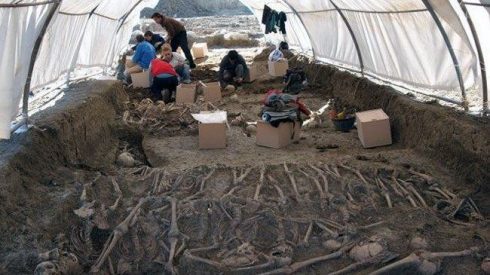
Seven bodies have so far been found in the cemetery of Navalmoral de la Mata, belonging to people believed to be killed immediately after the fall of the area to Franco’s Nationalists in August 1936.
The excavation has been headed by Premlex (Proyecto para la Recuperación de la Memoria Histórica de Extremadura), which aims to “restore the memory of those who have been erased”.
Local newspapers are calling for people whose loved ones are still missing to come forward and assist the identification process.
Zufre, Huelva (Andalucia)
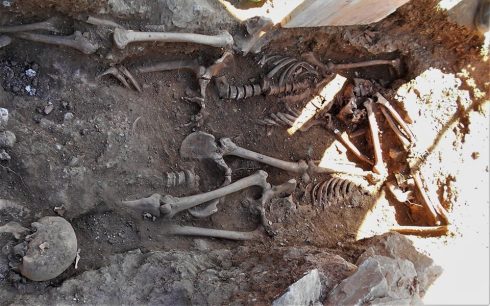
In 1937 sixteen women in the town of Zufre were reported by locals for being supposed members of feminist socialist groups.
Before being taken away to be shot, they were arrested, tortured, raped, and paraded through the streets. This was a common reprisal in Nationalist Spain against women who were considered a danger to the new regime.
In fact, it is unlikely these women were guilty of the charges levied against them by their neighbours, as the town’s known leftists had been killed soon after the start of the war the previous year; it is more likely the townspeople were simply settling old scores.
The Junta of Andalucia has approved the exhumation of the bodies and provided funding, despite opposition from the far-right Vox party.
Angüés, Huesca (Aragon)
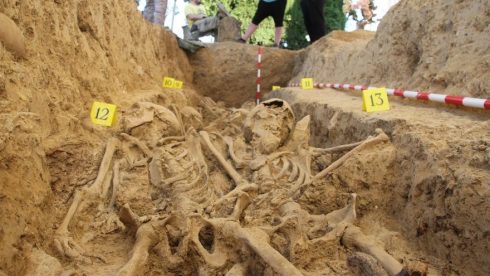
29 people from the northern Aragonese town were executed in the first days of the civil war, and buried across three pits in the Las Mártires cemetery in Huesca.
According to a Falangist soldier who was there, the last words of one victim were “long live the Republic! Long live liberty!”.
The effort to unearth and identify the bodies has been led by the Asociación por la Recuperación e Investigación Contra el Olvido (Association for Recuperation and Investigation Against Forgetting), or Arico, along with local heritage groups.
The victims are believed to be primarily anarchists, Aragon being the main stronghold of the ideology at the time.
Fuentes de Leon, Badajoz (Extremadura)
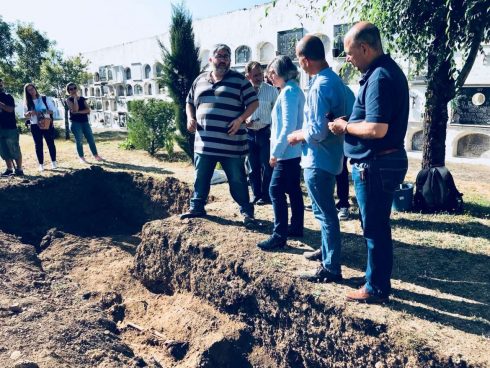
The mass grave of Fuentes de Leon is known nationwide as ‘la fosa de las botas con tachuelas’ (the grave of the studded boots) on account of the distinctive leather shoes worn by the farm workers who were buried there.
They were killed in 1936 for the part they played in the agrarian reforms of the Republic’s Popular Front government earlier that year.
There are believed to be at least 93 victims of Nationalist repression buried across the municipality.
Among the bodies so far recovered are those of fifteen women (one of whom was pregnant), who cannot be identified from any written or oral testimony.
Daniel Quiroga, the site’s leading archaeologist, says that “we’re looking for the victims so we can give them back their dignity”.
Mina Terría, Cáceres (Extremadura)
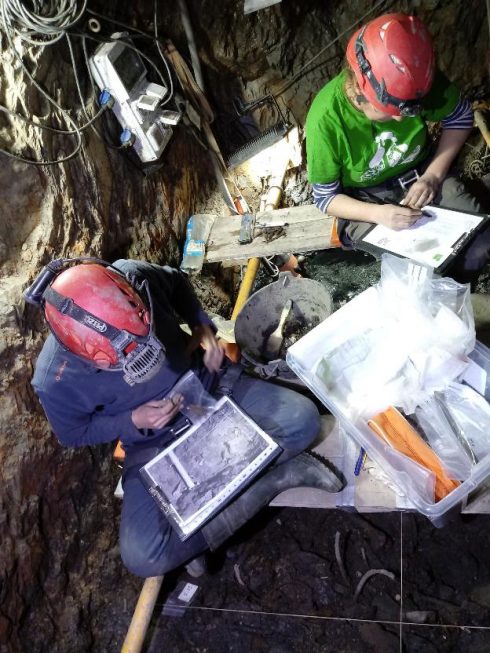
At least 48 people were killed in towns across the area surrounding the mine at Mina Terría, which was used to dispose of the bodies, between August and December 1936.
The efforts to locate and identify the victims are being organised by the provincial council of Cáceres, universities, and local heritage groups led by families of those who went missing.
A difficulty unique to this excavation is posed by the fact that the part of the mine in which the bodies can be found is underwater, with some lying at the bottom of an underground well 25 metres deep.
Forensic archaeologists believe that the victims, who ranged from teenagers to pensioners, suffered violent deaths, due to evidence of trauma to the skull and other parts of the body.
Paterna, Valencia (Valencian Community)
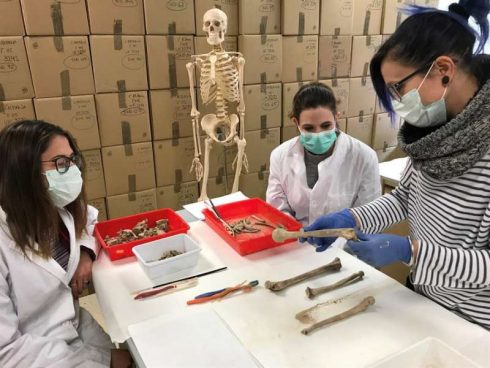
While having seen very little direct fighting during the war, the region that had once been home to the Republican government was not spared its share of fascist repression after the guns had fallen silent.
In Paterna’s cemetery are believed to lie the remains of 2,238 people from across the Valencian Community, executed mainly by firing squad throughout 1939 and 1940.
One site alone, named ‘grave 127’ by archaeologists, has yielded 108 corpses, among them Francisco Sanz, was identified thanks to a letter to his wife in his front pocket. This was returned to his grandchildren who have called the sense of relief “indescribable”.
The regional government, the Generalitat, controlled by the socialist PSOE and PSPV parties, has declared the cemetery ‘a place of national memory’ and commissioned monuments to be erected on the site, while the council of Paterna is understood to be constructing a mausoleum for the remains that are not reclaimed.
It should however be noted that work at the site has been temporarily suspended as a result of the ongoing COVID-19 pandemic.
Castellón de la Plana, Castellón (Valencian Community)
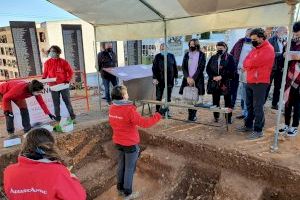
In December 2020 excavation commenced at a shallow grave in the cemetery of the provincial capital of Castellón, in which 18 people were buried after their execution between October and November 1939.
Rosa Pérez Garijo, the Generalitat’s Councillor for Participation, Transparency, Cooperation and Democratic Quality, has visited the site as the regional government’s representative, saying that the exhumation “follows the legislative agreement to continue exhuming all victims of Francoist repression on our territory”. She also thanked local organisations for their assistance in the project.
The 18 found in this grave are however only a tiny fraction of the 976 victims of Nationalist terror buried in Castellón’s municipal cemetery.
READ MORE:
- Valley of the Fallen: How archaelogists are planning a massive dig at Franco’s legacy
- Spain set to exhume Franco victims from controversial Valley of the Fallen and return them to relatives for burial
- Historical memory: Barcelona university enlisted to document Spain’s Valley of the Fallen victims
Click here to read more News from The Olive Press.

